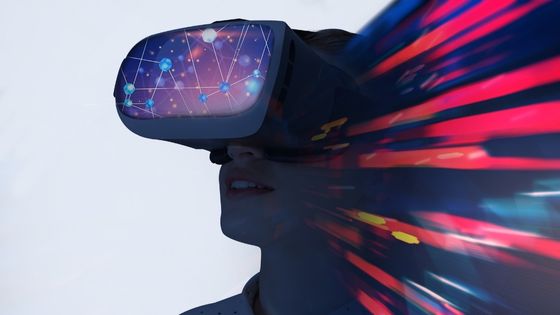Virtual reality (VR) has become wildly popular because it provides a realistic and immersive gaming experience. Level design is one of the most crucial elements of VR gaming because it is essential to provide gamers with an engaging and memorable experience. Level design in virtual reality (VR) brings particular difficulties and opportunities that call for a distinct strategy from conventional game creation. In this blog post, we’ll look at these obstacles and openings and offer tips on how level designers can get around them.

Immersion and presence provide one of the biggest difficulties in Game Level Design Company for virtual reality. Level designers must make sure that every aspect of the experience enhances the overall VR gaming experience, which is all about building a realistic and immersive environment that players can interact with. Also, gamers must feel comfortable while playing the game, as VR can be an intense experience that might lead to motion sickness or discomfort. Hence, designers must consider the player’s physical constraints while creating levels that offer fluid and natural movement.
Also read: What is the #1 Game in the World?
The perception of scale and proportion presents another difficulty in VR-level design. Designers must make sure that the objects in the game environment appear to be the right size and distance because players’ perception of scale and proportion in VR differs from that of the real world. The 3D environment can also cause players to feel lost, therefore designers must include obvious visual clues and wayfinding components to make sure that players can easily navigate the game area.
Presence and immersion
In VR gameplay and level design, presence and immersion are essential components. The purpose of VR is to give users a sense of “being there” and to make them feel a part of the game world. Designers must produce surroundings that are both interactive and realistic in order to do this. Every little thing should add to the overall experience and the game world must react to the player’s actions in a believable and meaningful way.
Also, designers need to be aware of how to maintain immersion. Elements that don’t fit the general aesthetic of the game or abrupt changes in the environment can quickly ruin the player’s sense of presence in the gaming world. Designers must therefore produce plausible settings that are consistent and free of anything that might undermine the illusion. Also, designers must make sure that the player’s experience is not impacted by the hardware constraints of the VR headset, such as sluggish frame rates or other technical difficulties that could interfere with immersion. Ultimately, paying close attention to detail and having a thorough understanding of the player’s experience is essential to generating presence and immersion in VR-level design.
Player Comfort
VR can be a challenging experience, thus level designers need to make sure that players don’t feel dizzy or uncomfortable in any other way. This entails creating levels with fluid and organic camera motions, avoiding abrupt camera movements, and accounting for the player’s physical constraints. The level designer must also guarantee that the levels are optimized for smooth operation and take into account the hardware constraints of the VR headset.
Dimension and Proportion
The player’s perception of scale and proportion in virtual reality differs from that in the real world. The game’s creator must make sure that everything in the game environment appears to be of the right scale and proximity, and that the player doesn’t become lost. This entails carefully considering the level’s overall layout as well as the size of the objects and the space between them.
Communication and Reaction
Players can now engage with the virtual reality game world in new ways. The game designer must seize these chances to make the game world interactive and reactive to the player’s choices. This entails giving the player feedback when they interact with objects and making sure that their choices have an actual effect on the world.
Wayfinding and Navigation
In VR, it can be difficult to navigate a 3D scene and the player’s sense of direction can become confused. By including clear visual signals and wayfinding components, the designer must make sure that the player can easily navigate the game world. This entails directing the player through the Game level Design Service with the help of lighting, sound, and other visual elements.
Conclusion
The unique potential and problems that VR-level creation brings call for a different strategy than conventional game design. The constraints of the VR gear, the player’s physical capabilities, and the aim of establishing a sense of presence and immersion in the game environment are all factors that designers must consider. Designers may create fun and memorable experiences for players by providing consistent and believable settings, fluid and natural movement, and clear visual cues for navigation.
Designers must keep up with the most recent developments in VR technology as it develops in order to take advantage of the new opportunities they present. The player’s sense of immersion can be improved by new hardware, such as haptic feedback suits, which also give players new ways to engage with the game world. Moreover, improvements in procedural generation and artificial intelligence can speed up the level design process and open up new opportunities for developing responsive and dynamic landscapes.
In conclusion, creating VR levels offers both distinctive obstacles and fascinating potential for designers. Designers may create unique and interesting experiences for players that push the limits of what is possible in gaming by concentrating on presence and immersion, utilizing new technology, and remaining up to date with the most recent breakthroughs.
